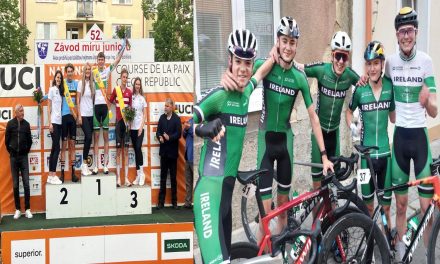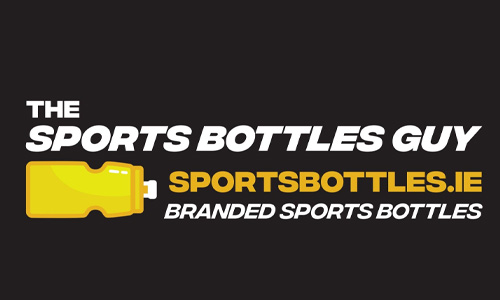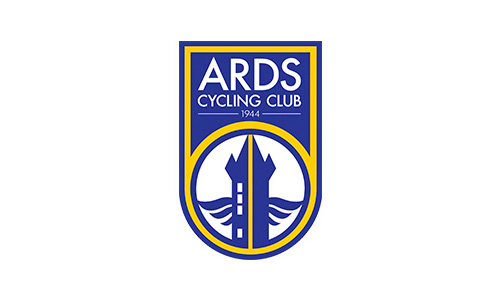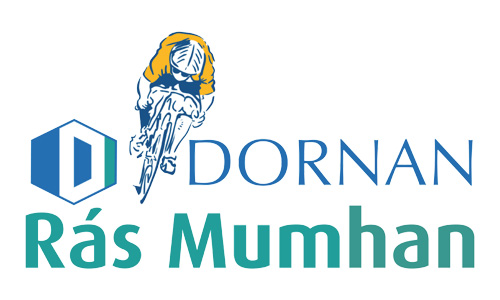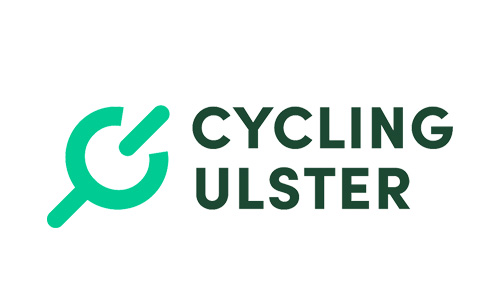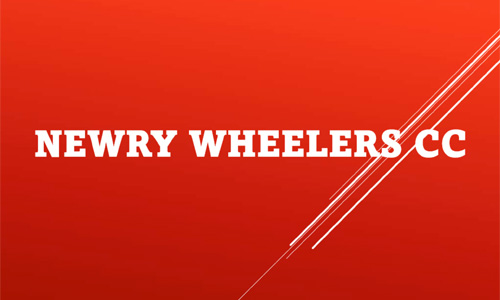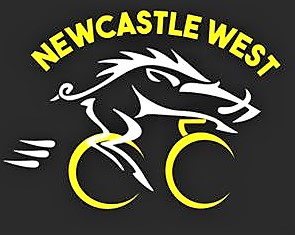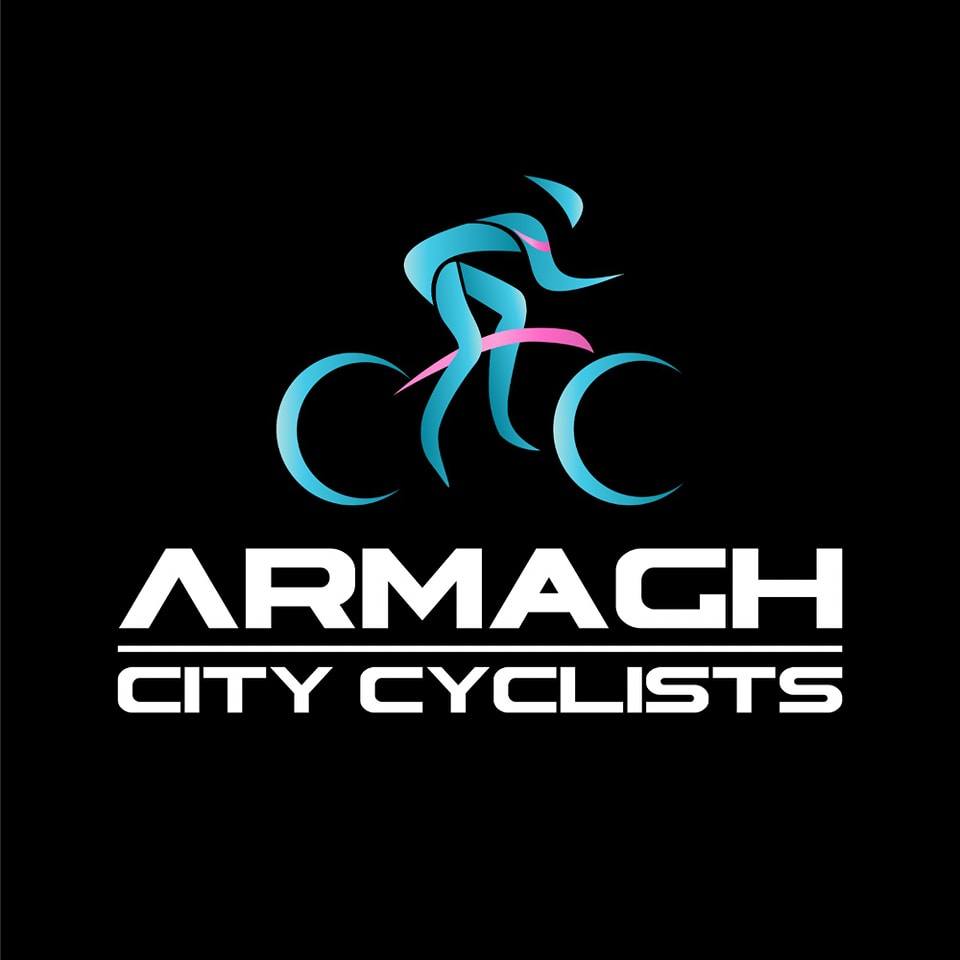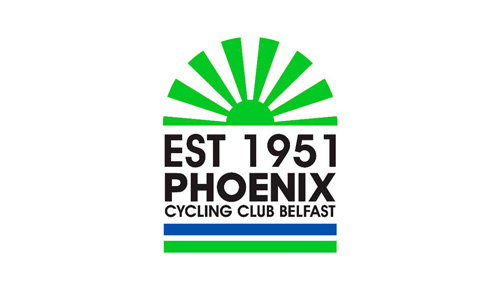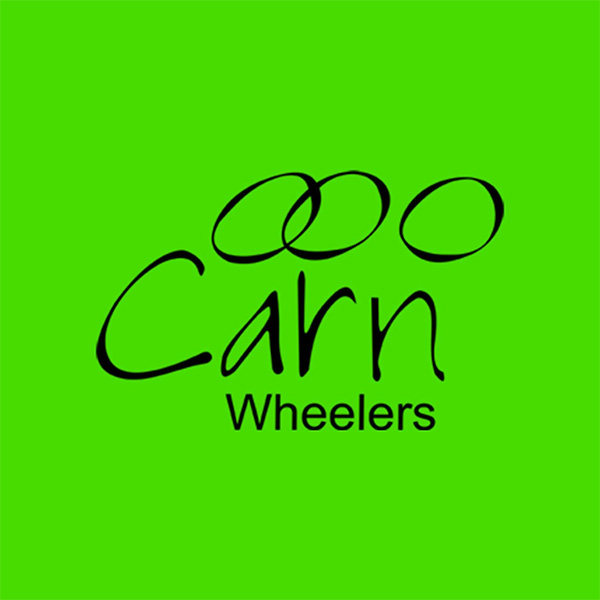
Safety first during the Tour of Flanders on 18 October 2020. Governor Carina Van Cauter, the local authorities, the police, and organizer Flanders Classics are also taking safety measures this year, in particular, to organize this edition corona-proof.
“It will be a limited edition this year,” said Carina Van Cauter, governor of East Flanders, during the press conference at the “Center Tour of Flanders” in Oudenaarde. “In the literal and figurative sense of the word. An edition with limitations, but also a unique edition that we will remember for a long time because we will experience them all from home. ”
Public ban on all slopes and cobblestone sections

In her coordinating role, Governor Van Cauter provided a model decision to all the cities and municipalities involved. This allowed the local authorities to create safety zones. These zones were introduced in previous editions to do crowd management, but are now used to achieve the opposite goal of keeping the public away from the trail. After all, in these zones, there is a ban on the organization of events and additional commercial activities, and the public is limited or prohibited. All municipalities in the hill zone have adopted this decision. Twenty-two safety zones have been created along the course. In this way, there is a public ban on all slopes and all cobblestone sections, the zones where traditionally many spectators congregate.
Experience the race at home!

The governor also pre-empted a mandatory mouth mask along the entire route, and this for 1 hour before and 1 hour after the expected passage. Although Governor Van Cauter’s message is clear: “Experience the race at home, in front of the screen or via the radio, and do it with your family or the people you live with under the same roof.” The governor explicitly calls not to organize private meetings at home on the occasion of the Tour of Flanders. Other security measures include>>
Drone ban for private individuals.
Drawing up of an interprovincial special emergency and intervention plan (BNIP).
Several command posts in cities and towns.
Activation central information number 078 05 10 80 (since 7 October), which people can contact with questions.
Arrival zone in Oudenaarde without public

“In Oudenaarde, the Tour of Flanders will not be the familiar popular festival of previous years,” said Mayor Marnic De Meulemeester during the press conference. The arrival zone in the Minderbroederstraat will be closed to the general public. The cycling race protocol applies. For example, there will be a double barrier to separate the riders and the various other ‘bubbles’ from each other (press, family, employees organization). In addition, the rider’s village is hidden from the view of the supporters and the ladies do not start on the Market. “Actually, you can’t come and do anything in Oudenaarde, and by extension along the entire route of the Tour,” concludes mayor De Meulemeester. “In front of the television, that’s where it happens on Sunday.”

Enforcement: prevention and verbalization
The police will check, take strict action, and verbalize it, it was said at the press conference. In addition, the police also focus on prevention. “Because prevention is better than cure,” said Dominique Van Den Eeckhaut of the East Flanders Coordination and Support Directorate (CSD). The measures are announced in advance via the municipal websites, among others. On the day of the Tour, police and atmosphere managers will be deployed in crucial places to prevent access or to point out the mandatory mouth mask.
Organization measures: a safe course, for riders and the public

Organizer Flanders Classics is also committed to safety, both for the riders and their teams and for the public. Tomas Van Den Spiegel, CEO Flanders Classics, revealed these measures during the press conference. “We have been working closely with the authorities for months to organize everything as safely as possible. And we succeed. With Gent-Wevelgem we have proven that we can organize the race safely and that cycling fans use their common sense. ” The organizer took care of the campaign “You experience more from a distance” and during the course, we work with information boards with the most important measures. Measures are also taken to ensure safe contact between the riders on the one hand and the public, the press, and the organization on the other. For example, there is an adapted podium ceremony and the team zone is closed.











